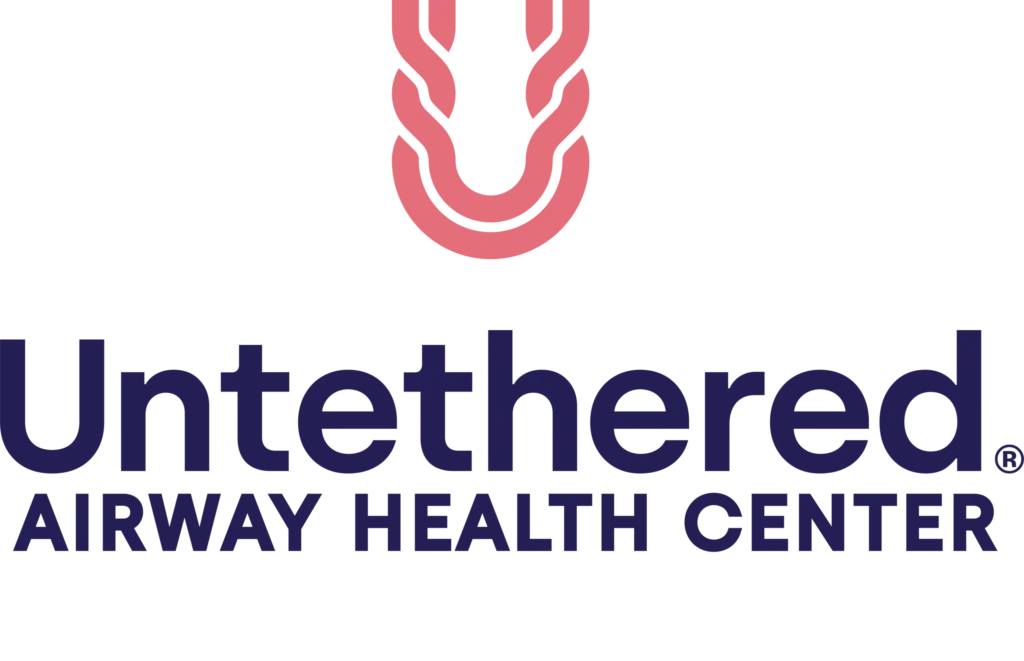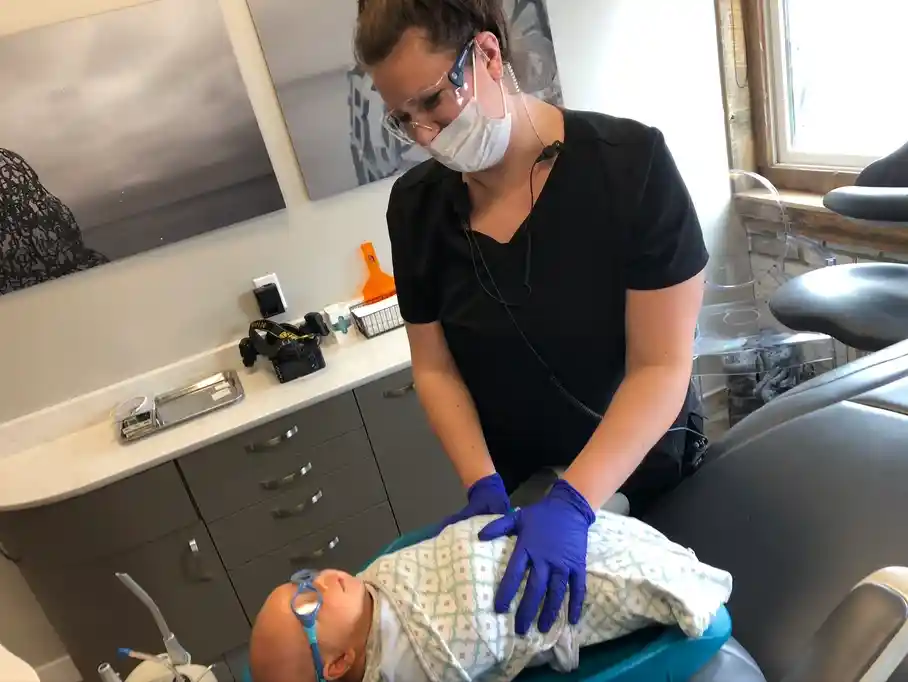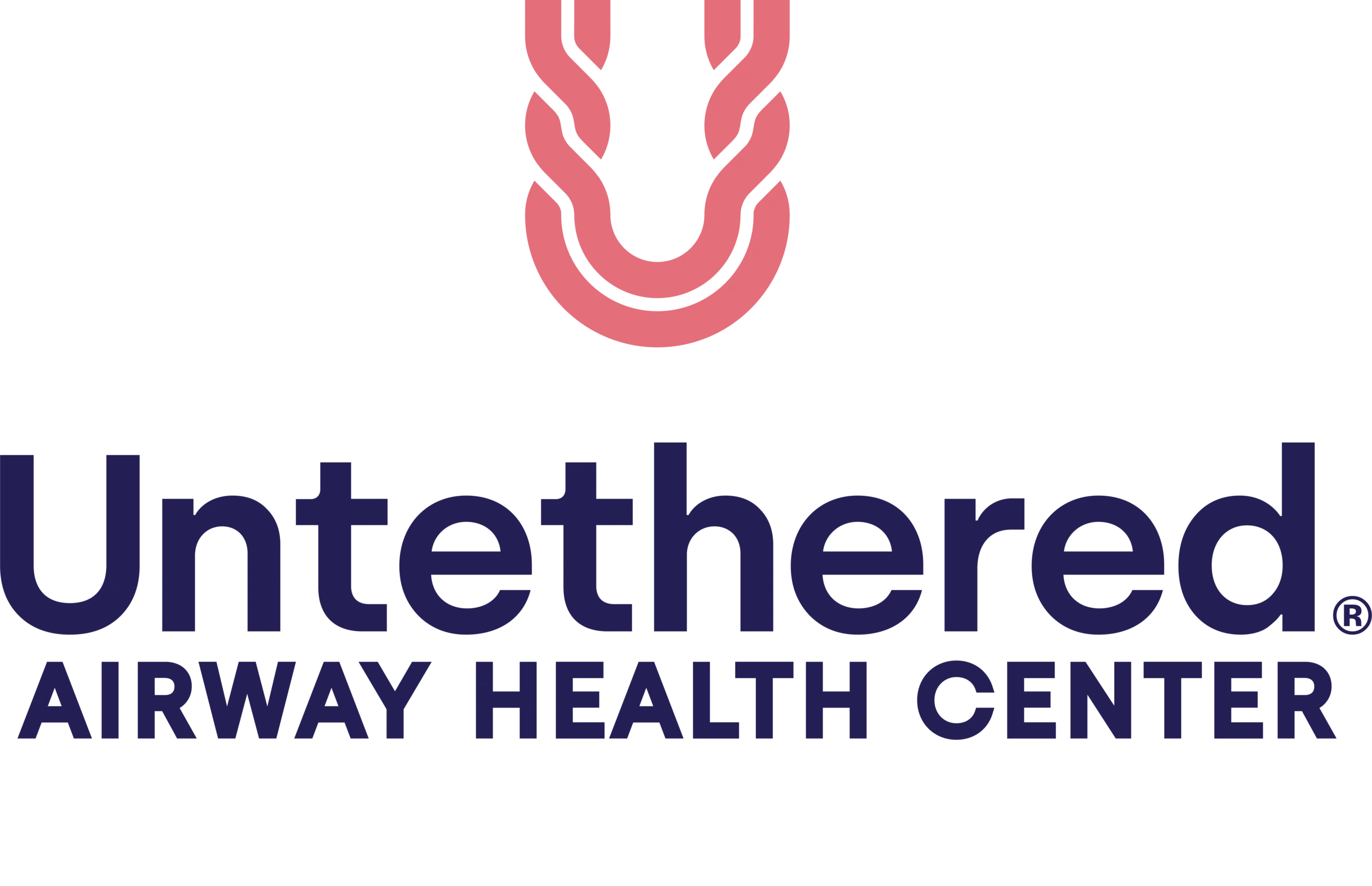We breathe in and out around 22,000 times a day. When each of those breaths comes in through our nose, we should be in good shape. When that air comes in through our mouth, over and over again, it can cause issues with our teeth, airway, and lungs over time. Here’s what malocclusion and mouth breathing have in common, and how the way you breathe can majorly affect your overall health.
Nasal Breathing vs. Mouth Breathing
Nose breathing is much healthier for you than mouth breathing. The nose filters, heats, and humidifies air as it passes through the nasal cavity. This filtering process helps trap particles within the nose, preventing certain microbes or allergens from entering the body. This may decrease the chance of developing conditions such as colds, allergic reactions, or flu. Because the nose retains some moisture from the air, nose breathing may also prevent nasal dryness.
In addition, breathing through the nose ensures proper oral rest posture, which is lips sealed, tongue up, and air passing through the nose rather than through the mouth.
On the other hand, mouth breathing does not humidify or clean the air like nose breathing. As such, this way of breathing may increase the risk of developing airborne infections. Delivering cold and unfiltered air to the lungs may also worsen breathing conditions such as asthma symptoms.
Additionally, mouth breathing causes improper oral rest posture, which compromises the airway and causes detrimental health effects over time as the body develops. Some of these may include the following:
- Malocclusion (bad bites or open bites)
- Tooth decay or gum disease
- Teeth disfigurement
- Difficulty swallowing
- Changes to mouth or jaw shape
- Chronic headaches, neck aches, and/or back aches
- Poor sleep quality
What is Malocclusion?
Malocclusion, or “bad bites,” is one of the most common dental problems associated with sleep-disordered breathing and chronic mouth breathing. When you have malocclusion, your upper and lower teeth don’t align when you close your mouth.
There are 3 Classes of Malocclusion, which are:
- Class 1: This tends to be the most common type of malocclusion. It’s characterized by the upper teeth overlapping the lower ones in an otherwise normal bite.
- Class 2: With this malocclusion, the upper jaw and the upper teeth overlap the lower jaw and teeth in an overbite.
- Class 3: With this class of malocclusion, the lower jaw and lower teeth overlap the upper jaw and the upper teeth in an underbite.
Causes of Malocclusion
Malocclusion is usually the result of a combination of causes. There are several common occurrence factors for all types of improper occlusion, including:
- Bad childhood habits interfere with the adequate growth of teeth, bones, and spine position. These include prolonged sucking on a pacifier, finger, or foreign objects, touching the growing tooth with the tongue or hands, and incorrect posture in the sitting position.
- Frequent or constant mouth breathing, if normal nose breathing is difficult or impossible due to ENT diseases (rhinitis, sinusitis, and septum curvature). When breathing through the mouth, the tongue, jaw, and lips are in a non-physiological position and constant tension, which affects the growth of the jaw, alveolar bone, and the role of the teeth.
- Genetic predisposition – transmission of dentoalveolar anomalies from parents.
- A lack of calcium and other nutrients during fetal development and childhood negatively affects bone growth.
- Improper bottle-feeding. If the baby does not strain the muscles during feeding (as happens with breastfeeding), then the growth of the jaws is not stimulated.
- Dental problems with milk and removable bite. These include all factors that violate physiological closure: over-completeness or an insufficient number of teeth, earlier tooth loss or decay, disproportionately large or small teeth, and lack of space in the dentition.
- Improper prosthetics are a factor in malocclusion in adults.
Myofunctional Therapy to Train the Oral Muscles
Malocclusion is traditionally treated with orthodontics or braces, but it doesn’t solve the source of the problem. Instead, myofunctional therapy is used to retrain the oral muscles to sit in their proper resting places (tongue up, lips together, breathing through the nose).
Myofunctional therapy is a series of simple, quick exercises that strengthen the tongue and facial muscles to correct improper muscle function. The therapy exercises focus on optimizing the tongue’s resting position, chewing and swallowing, and continuing emphasis on strengthening. The goals of myofunctional therapy aim to promote better health, reduce pain, improve breathing, and enhance the overall quality of life.
Lessening the Effects of Malocclusion and Mouth Breathing
Our team focuses on good sleep and airway health at Untethered Airway Health Center. It’s our goal to ensure you smile, breathe, and live your healthiest life. If you suspect you’re a mouth breather, and if you also suffer from malocclusion, request a consultation with us, and we’ll get to know you and your unique needs.






